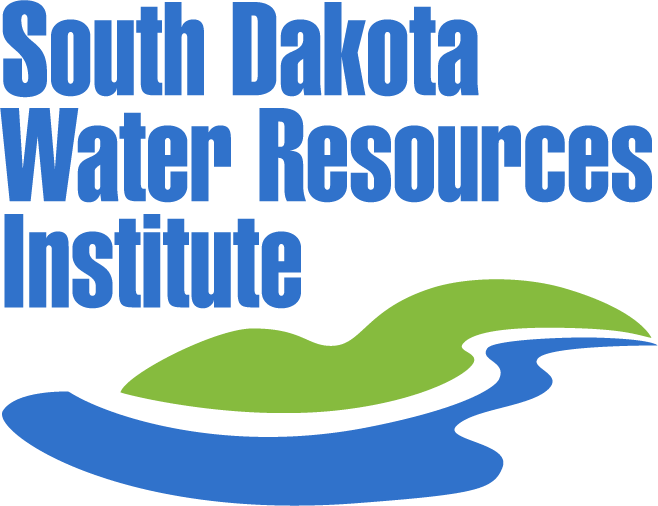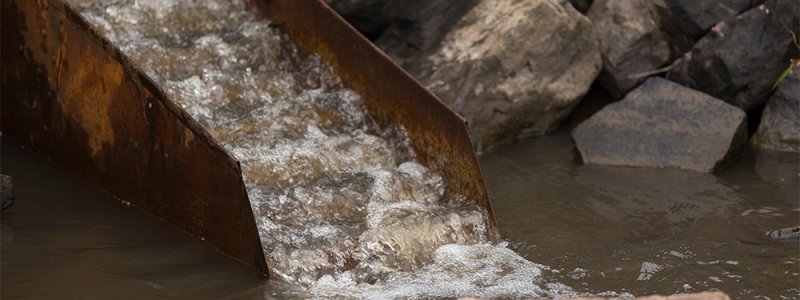
Who We Are
The South Dakota Water Resources Institute (WRI) at South Dakota State University provides leadership on evolving water concerns and problems being faced by South Dakota citizens through research, educational opportunities for students and professionals and community outreach.
The Institute is a federal-state partnership that:
- Plans, facilitates and conducts research to aid in the resolution of state and regional water problems.
- Provides for the training and education of scientists and engineers through their participation in research and outreach.
- Promotes technology transfer and the dissemination and application of water-related information; and
- provides for competitive grants for students and researchers.
Authorized by Congress as one of the nation’s 54 water resources research institutes, we also connect the research expertise at South Dakota State University to water-related problems at the local, regional or national level. The institute is affiliated with the university’s College of Agriculture, Food and Environmental Sciences, Department of Agricultural and Biosystems Engineering and the South Dakota Agricultural Experiment Station.


